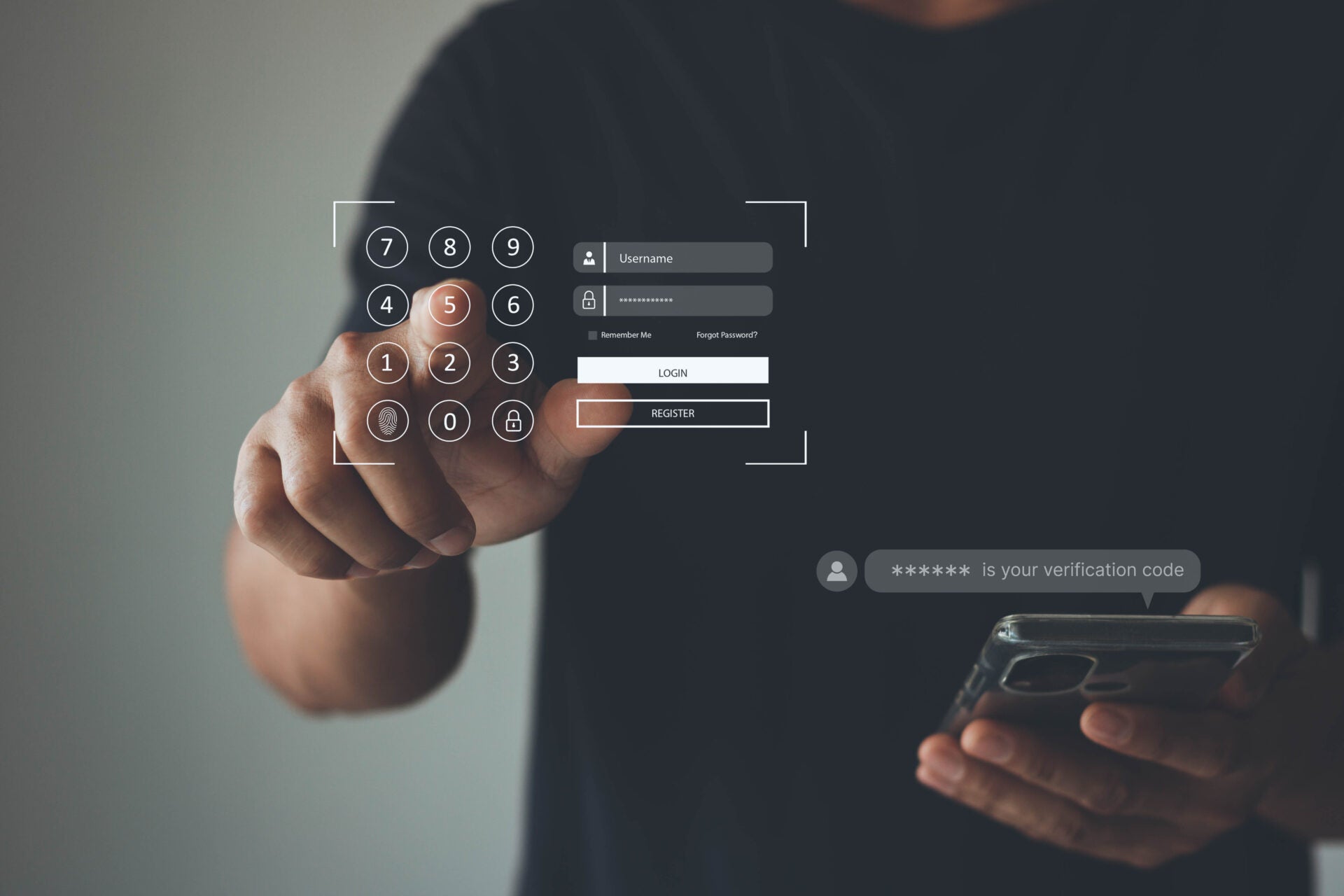
Multifactor Authentication (MFA) is Annoying but Worth the Annoyance
In today’s digital age, protecting your online accounts is more crucial than ever. With cyber threats on the rise, relying solely on passwords, no matter how imaginative, is no longer sufficient. This is where Multifactor Authentication (MFA) comes into play. Many find the MFA process can be a nuisance because it can take extra steps to log into an account. Let’s dive into what MFA is, why it’s needed, what you should use it on, how to set it up, and why the nuisance is, in the words of Martha Stewart, “a good thing”.
What is Multifactor Authentication?
Multifactor Authentication (MFA) is a security system that requires more than one method of authentication to verify a user’s identity. Instead of just entering a password, MFA combines two or more independent credentials: something you know (password), something you have (smartphone or hardware token), and something you are (fingerprint or facial recognition). This layered approach significantly enhances security by making it much harder for unauthorized users to gain access. The multiple methods can be annoying, but it’s like adding extra locks to secure your personal information.
Why is MFA Needed?
Increased Security: Passwords alone are vulnerable to various attacks such as phishing, brute force, and credential stuffing. MFA adds an extra layer of defense, making it exponentially more difficult for attackers to breach your accounts.
Protection Against Identity Theft: With the rise of data breaches, personal information is frequently exposed. MFA helps protect your identity by ensuring that even if your password is compromised, additional authentication factors prevent unauthorized access.
Compliance Requirements: Many industries have regulatory requirements mandating the use of MFA to protect sensitive data. For instance, healthcare, finance, and government sectors often require MFA to comply with standards like HIPAA, PCI-DSS, and GDPR.
What Should You Use MFA On?
Email Accounts: Your email is often the gateway to other accounts. Securing it with MFA can prevent unauthorized access to sensitive information and other linked accounts.
Financial Accounts: Banks, credit cards, and investment accounts should all have MFA enabled to protect your financial information and transactions.
Social Media Accounts: Protect your personal and professional reputation by securing your social media accounts with MFA.
Work Accounts: Any work-related accounts, especially those with access to sensitive company data, should be protected with MFA.
Cloud Storage Services: Services like Google Drive, Dropbox, and OneDrive store a lot of personal and professional data. MFA can help keep this data secure.
How to Set Up MFA
Choose Your MFA Method: Decide whether you want to use SMS codes, authenticator apps (like Google Authenticator or Authy), hardware tokens, or biometric methods.
Enable MFA in Account Settings: Go to the security settings of the account you want to protect. Look for options like “Two-Factor Authentication” or “Multifactor Authentication.”
Follow the Setup Instructions: Each service will guide you through the setup process. This usually involves scanning a QR code with an authenticator app or entering a code sent to your phone.
Backup Your MFA Methods: Ensure you have backup methods in case you lose access to your primary MFA method. This could be backup codes, a secondary phone number, or another authenticator app.
Test Your MFA Setup: After setting up MFA, test it to ensure it’s working correctly. Log out and try logging back in to see if the MFA prompt appears.
Why the Annoyance is Worth It
It’s no secret that MFA can sometimes feel like a hassle. But getting hacked is far more annoying than taking added MFA steps with accounts. If you’ve ever had an account hacked or want to avoid feeling the horror, fear, extra work, and time investment that comes with being hacked, the benefits far outweigh the minor inconvenience:
Peace of Mind: Knowing that your accounts are protected by multiple layers of security can provide significant peace of mind. You can rest easily knowing that even if one factor is compromised, your data remains secure.
Reduced Risk of Account Takeover: Account takeovers can lead to severe consequences, including financial loss and reputational damage. MFA drastically reduces the risk of such incidents, safeguarding your personal and professional life.
Convenience of Modern MFA Methods: Modern MFA methods, such as biometric authentication and push notifications, have made the process more user-friendly. These methods are quick and easy and often require just a single tap on your smartphone.
Futureproofing Your Security: As cyber threats evolve, so must our security measures. Implementing MFA is a proactive step towards futureproofing your digital security, ensuring you stay ahead of potential threats.
While MFA might seem like an extra step in your login process, the enhanced security it provides is invaluable. By adopting MFA, you’re not only protecting your personal information but also contributing to a safer digital environment for everyone. Embrace the annoyance today for a more secure tomorrow.




















